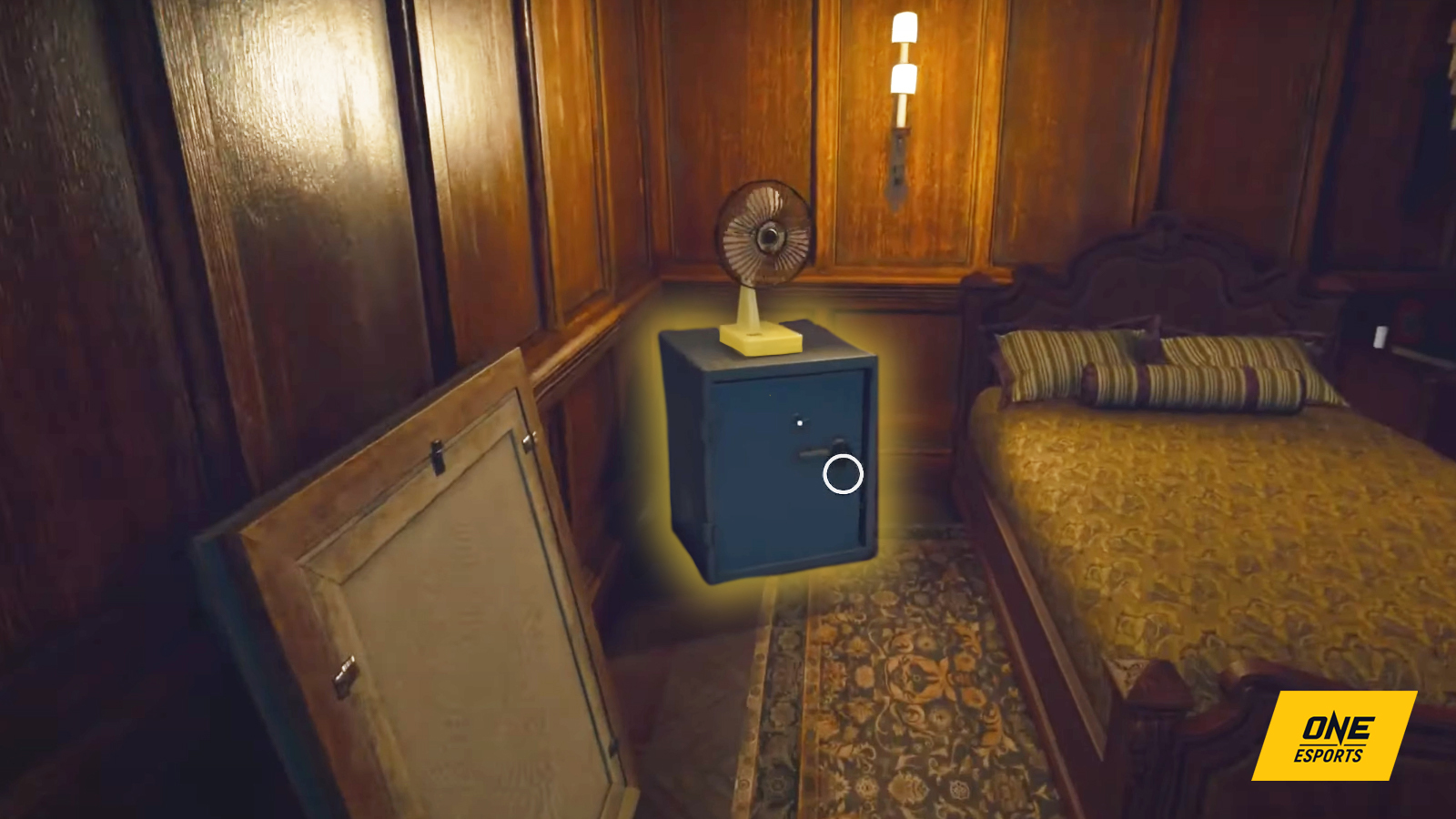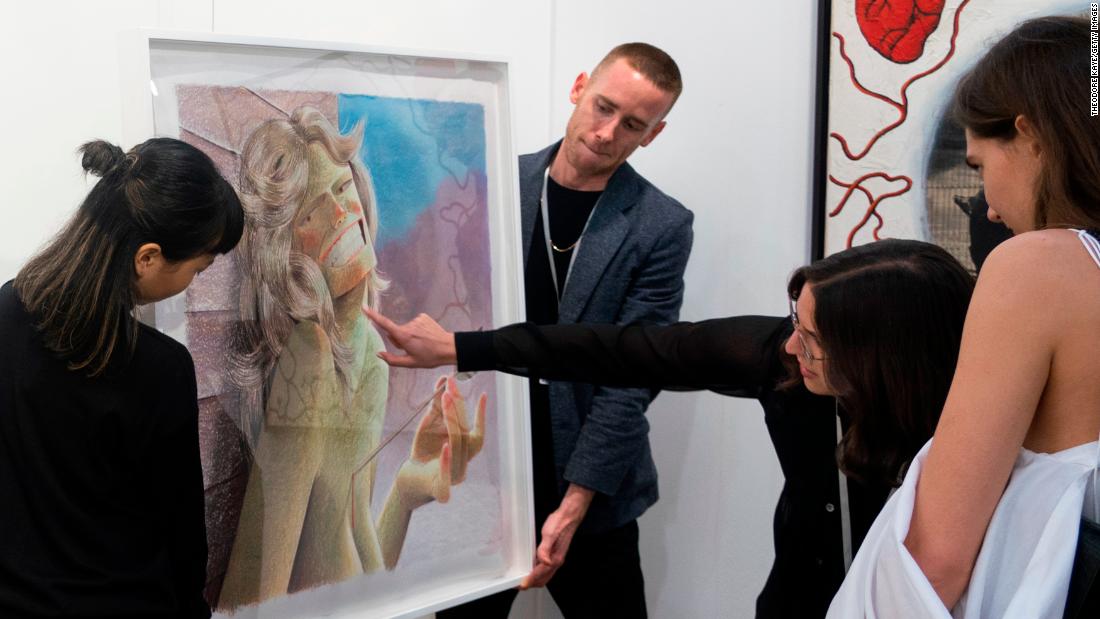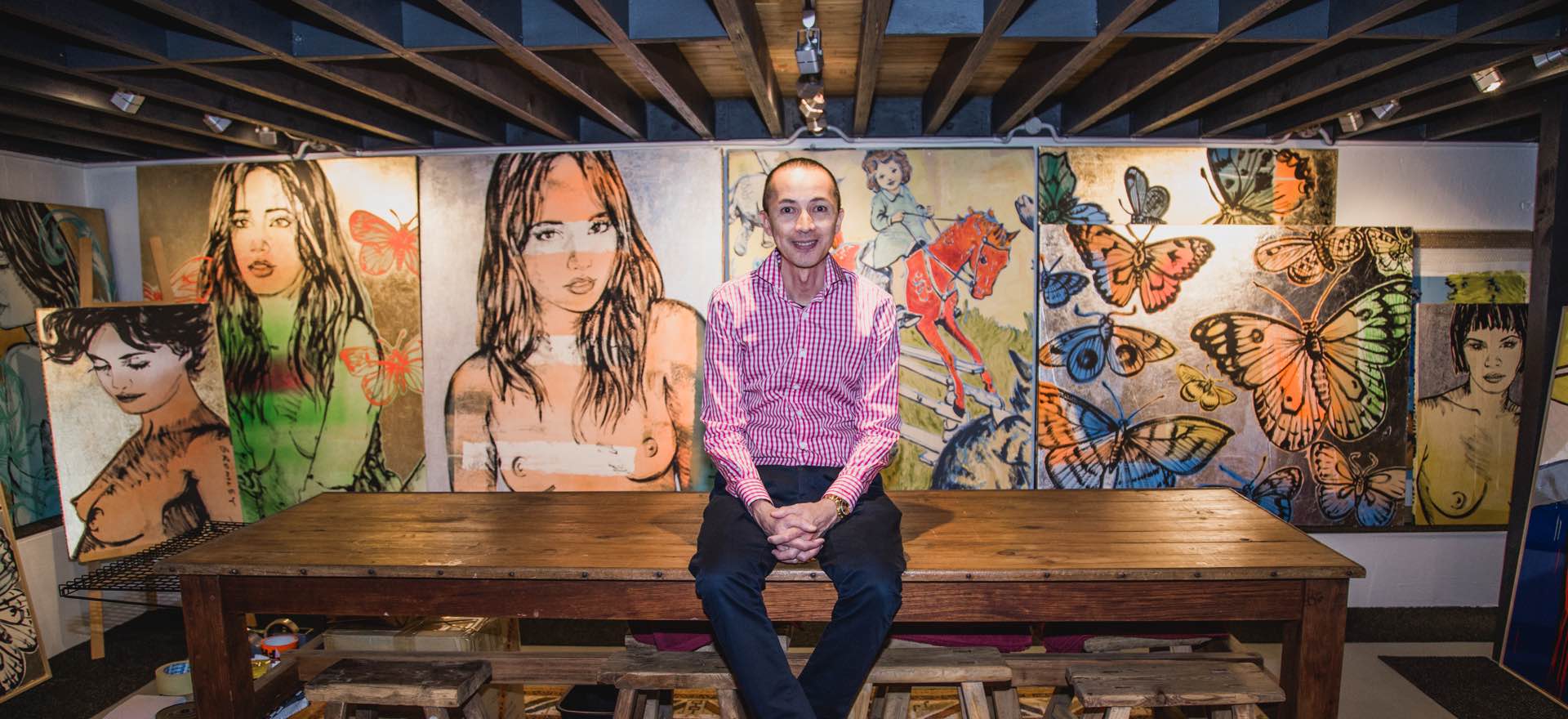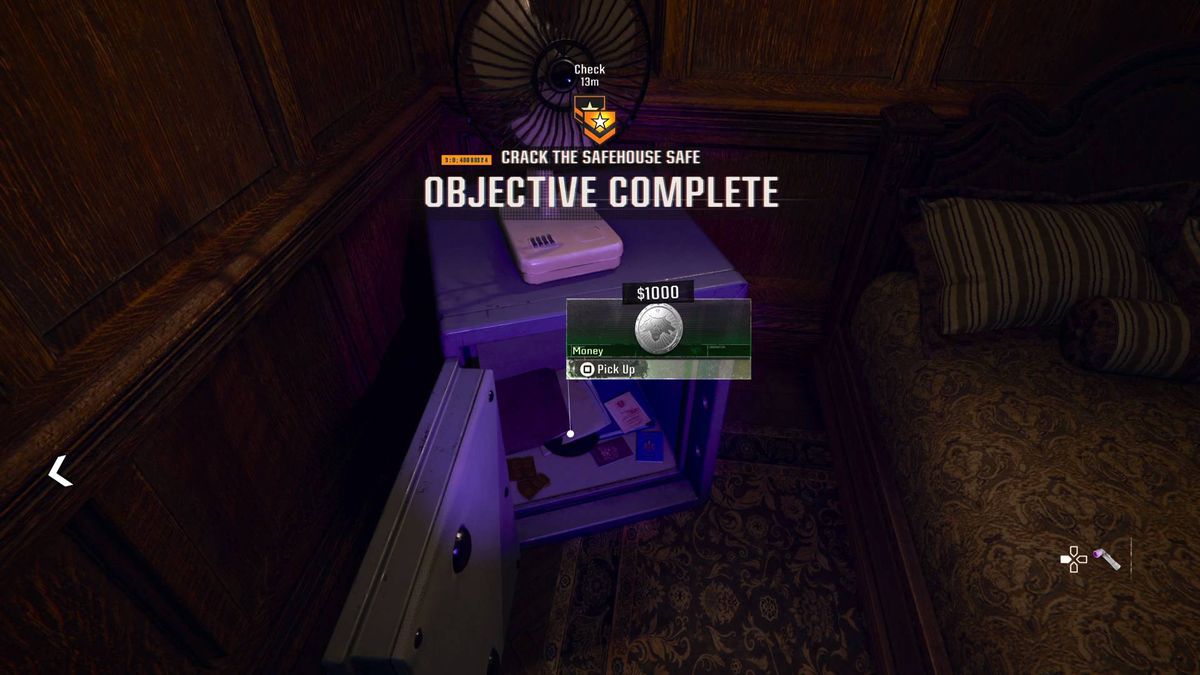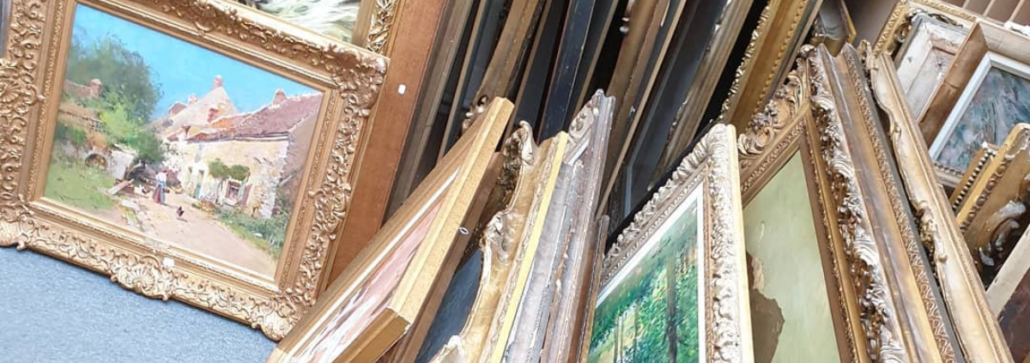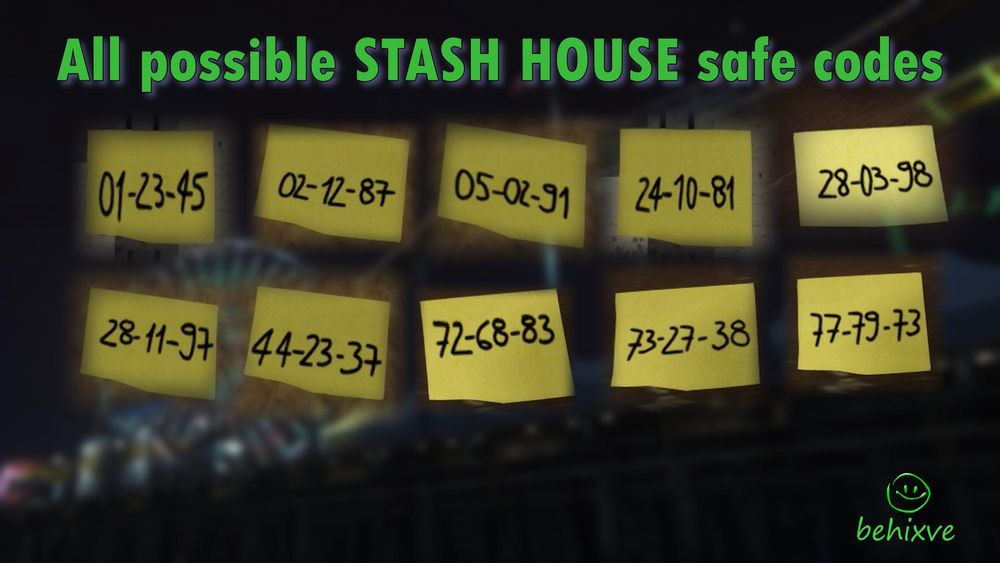Whow To Get The Code For The Art Dealers Safe

The art world is abuzz, not with the unveiling of a masterpiece, but with whispers of a real-life heist movie plot. The seemingly impossible task of cracking the code to the heavily fortified safe of renowned art dealer, Isabelle Moreau, has become an obsession for some, a tantalizing puzzle shrouded in secrecy.
Moreau's vault, rumored to contain priceless sketches, controversial contracts, and perhaps even a lost Van Gogh, represents not just financial wealth, but a potential treasure trove of art history. This article delves into the improbable, exploring the lengths individuals and groups might go to, the ethical quagmire involved, and the virtual fortress protecting Moreau's secrets.
The Fortress: Security Measures Around the Safe
Details surrounding the safe's construction and security protocols are understandably scarce. What is known is that Moreau contracted Kryptos Vaults, a company renowned for its impenetrable designs, to build a custom safe specifically for her collection.
Kryptos Vaults boasts multi-layered security, incorporating biometric scanners, pressure sensors, and complex algorithmic locks. According to a statement released by their legal counsel, the safe also features a proprietary anti-tampering system that would render its contents unusable should unauthorized access be attempted.
Independent security experts speculate that the code itself is not merely a sequence of numbers. Instead, they believe it could be tied to a combination of voice recognition, retinal scans, and potentially even environmental factors like temperature or barometric pressure.
The Quest: Methods and Motivations
While a direct assault on the safe is considered near-impossible, individuals are exploring alternative avenues. Social engineering, the art of manipulating individuals into divulging confidential information, is a primary concern for Moreau's security team.
"We've seen a significant increase in phishing attempts targeting our staff and close associates," stated Jean-Pierre Dubois, Moreau's head of security, in a recent interview. "These attempts are becoming increasingly sophisticated, employing highly personalized information gleaned from social media and public records."
Another potential approach involves leveraging technological vulnerabilities. Cybersecurity experts are constantly probing for weaknesses in the digital systems that control access to the safe.
Ethical and Legal Boundaries
The pursuit of the safe's code raises significant ethical and legal questions. Even attempts to gain unauthorized access, regardless of success, could result in severe penalties.
Legal experts emphasize that unauthorized access to computer systems or sensitive data is a felony in most jurisdictions. Furthermore, any information obtained illegally, even if it reveals the code, would be inadmissible in court and subject to severe legal repercussions.
Beyond the legal ramifications, many in the art world condemn such endeavors as a violation of privacy and professional ethics. "The art market relies on trust and integrity," argues Dr. Eleanor Vance, a leading art historian. "Attempts to circumvent security measures undermine these fundamental principles."
Multiple Perspectives and Implications
The intense interest in accessing Moreau's safe is fueled by various motivations. Some believe its contents could shed light on long-standing art world controversies, potentially exposing fraudulent attributions or unethical practices.
Others are driven by purely financial motives, envisioning a substantial payoff from the sale of stolen artwork or confidential documents. Still others, perhaps the most dangerous, are motivated by a desire to prove their skills and capabilities.
The possibility of the code being cracked, however remote, raises concerns about the security of art collections globally. Museums and private collectors are reassessing their security protocols in light of this ongoing situation.
Looking Ahead: Future of Art Security
The case of Isabelle Moreau's safe highlights the evolving challenges of protecting valuable assets in an increasingly digital world. Experts predict a growing reliance on artificial intelligence and machine learning to enhance security systems.
Biometric authentication is expected to become even more sophisticated, incorporating behavioral biometrics that analyze gait, typing patterns, and even subtle facial expressions. Quantum cryptography, which uses the laws of quantum mechanics to encrypt data, is also emerging as a potential game-changer in art security.
Ultimately, the ability to safeguard invaluable works of art will depend on a combination of cutting-edge technology, robust security protocols, and a renewed emphasis on ethical conduct within the art community. The pursuit of Moreau's safe serves as a stark reminder of the constant battle between security and ingenuity.









:sharpen(level=0):output(format=jpeg)/wp-content/uploads/2022/01/Art-Dealer-scaled-e1641853859823.jpg)
